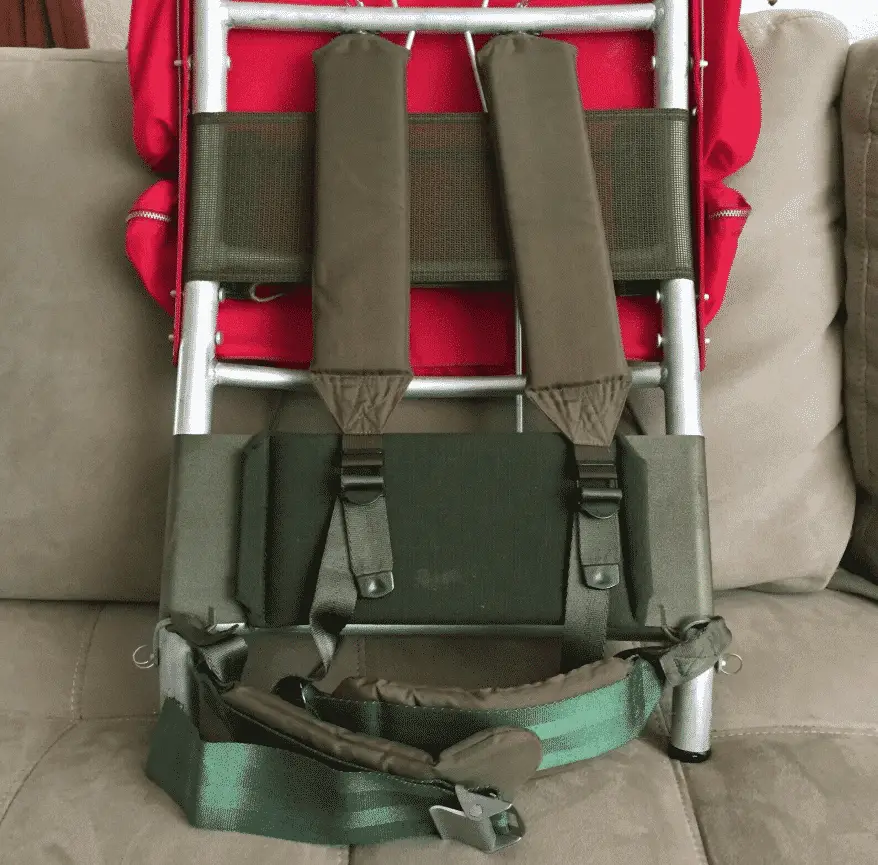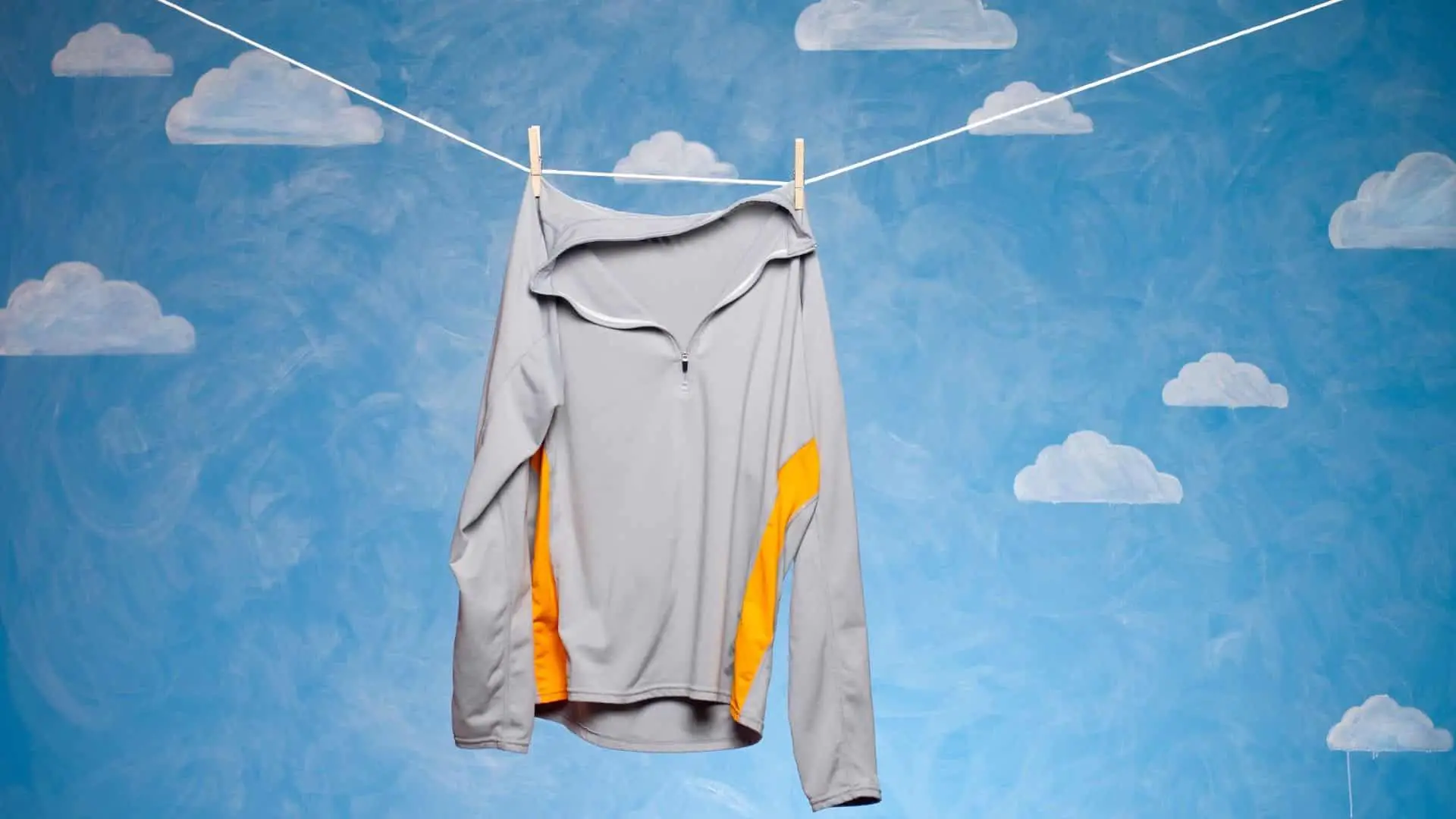Backpackers have shifted away from external framed packs for lighter and sleeker internal frames. It doesn’t matter if you have an internal or external framed pack. They all serve the same basic purpose.
Why do hiking backpacks have frames? Internal and External backpack frames provides structure to your pack and serves as the attachment point for shoulder and hip straps. A well designed pack will distribute weight evenly across your back reducing pain on long hikes.
The days of external frame packs are behind us. Nowadays packs are getting lighter and more innovative. Backpackers have moved towards lighter internal framed packs, but they still serve the same basic purpose.
Why Do Backpacks Have Frames?

It doesn’t matter what type of pack you choose the frame serves the same basic purpose. Internal and External framed packs both provide structure and attachment points for the pack. With that being said there’s definitely a major difference between internal and external frames.
- Internal Frame Pack: Internal frames are by far the most popular choice for hikers and backpackers. They’re sleek and form-fitting which allows you to hold the load closer to your body. This gives you more stability on technical trails and reduces the likelihood of snagging on brush and branches.
- External Frame Pack: As the name implies, external framed packs have a metal frame on the outside of the pack. This exterior frame makes them great for lashing on bulky gear. These are very popular among hunters and trail crews.
Generally speaking, if you plan on camping and backpacking go for an internal frame pack. External frames are populur with hunters that need additional attachment points for hauling out meat.
Internal Backpack Frames are More Popular
It’s crazy how many internal framed packs have hit the market in the last decade or so. You’ll have a wide range of choices from cheap $20 packs to ridiculously expensive. If you’re looking for a lightweight innovative pack definitely go with internal designs.
External framed packs have turned into a niche item mainly used by hunters. They’re heavier, bulkier, less comfortable and unstable. You would only want an external framed pack for the additional attachment points.
For a while external framed packs were cheaper, but that’s no longer true. It’s hard to beat the AmazonBasics Internal Frame Pack. It wouldn’t be my first choice for comfort/durability, but it’s insanely cheap. On the other end of the spectrum you have packs well into the $1000 range.
Backpack Frames Add Support
Both internal and external backpack frames work by transferring the load across your body. They stabilize the pack load across your entire back to reduce strain on your body. How they transfer that load depends on whether you have an internal or external framed pack.
Internal frames keep the load centered close to your body just above the hip. This closeness creates additional stability by centering the load with your body. For additional support most internal framed packs have suspension systems to further stabilize the pack. You can usually scramble and twist/turn without throwing off your balance.
External framed packs rarely have adjustable suspension systems so the weight stays farther away from your body. It keeps most of the weight by your hips, but it forces you to stand in an upright walking position. Some people like the upright position and others hate it.
Internal Frames Are Way More Comfortable
Internal framed packs usually have adjustable suspension systems that allow you to get a precise fit. You can loosen and tighten the pack around your bodies curves and trade packs between friends/family. This means less rubbing, chafing and lower back pain.
Internal frames will usually be lighter than similarly priced external framed packs. They’ll almost always be lighter and come in a wide range of weights. Some companies are coming out with ultralight setups, but they’re still in the early stages of development.
There is one major advantage to external framed packs. They tend to be cooler since there’s usually a gap between the frame and your back. This allows the free flow of air.
What About Storage and Organization?
It doesn’t matter what type of pack you buy the capacity measurements are calculated the same way. A 60 liter pack will always offer the same amount of internal storage space regardless of frame.
With that being said, exposed frames will offer additional lashing points. This allows you to attach bulky items to the outside of the pack. That’s why hunters usually prefer external frames. They need extra attachment points to strap bulky gear/meat to the outside of their pack.
Internal pockets and organization varies wildly from 1 pack to the next. They range from ultralight designs with very few pockets to deluxe packs with adjustable storage systems. Try to match the pack to your backpacking/hiking system.
External Frames Are Usually Heavy

External framed packs will always be heavier than similarly priced internal frames. The bulky steel/aluminum frames make them heavier; there’s just no way to get around it.
Some manufacturers have been innovating their exterior framed packs, but there’s only so much room for improvement. Ultralight designs/materials can only go so far. You end up sacrificing storage for a slight decrease in weight.
The Alps Outdoors Red Rock pack (pictured above) is a great example. They were able to get the base pack weight under 4lbs by reducing overall pack storage to 34 Liters.
Keep in mind that you’re not actually losing storage space. Just bungee a compression stuff sack (like this one) to the outside frame and you’ve gained 20L of storage. There’s always a way to find additional storage on an external frame pack.




